Home>Garden Essentials>How Long Does It Take To Germinate Ferns
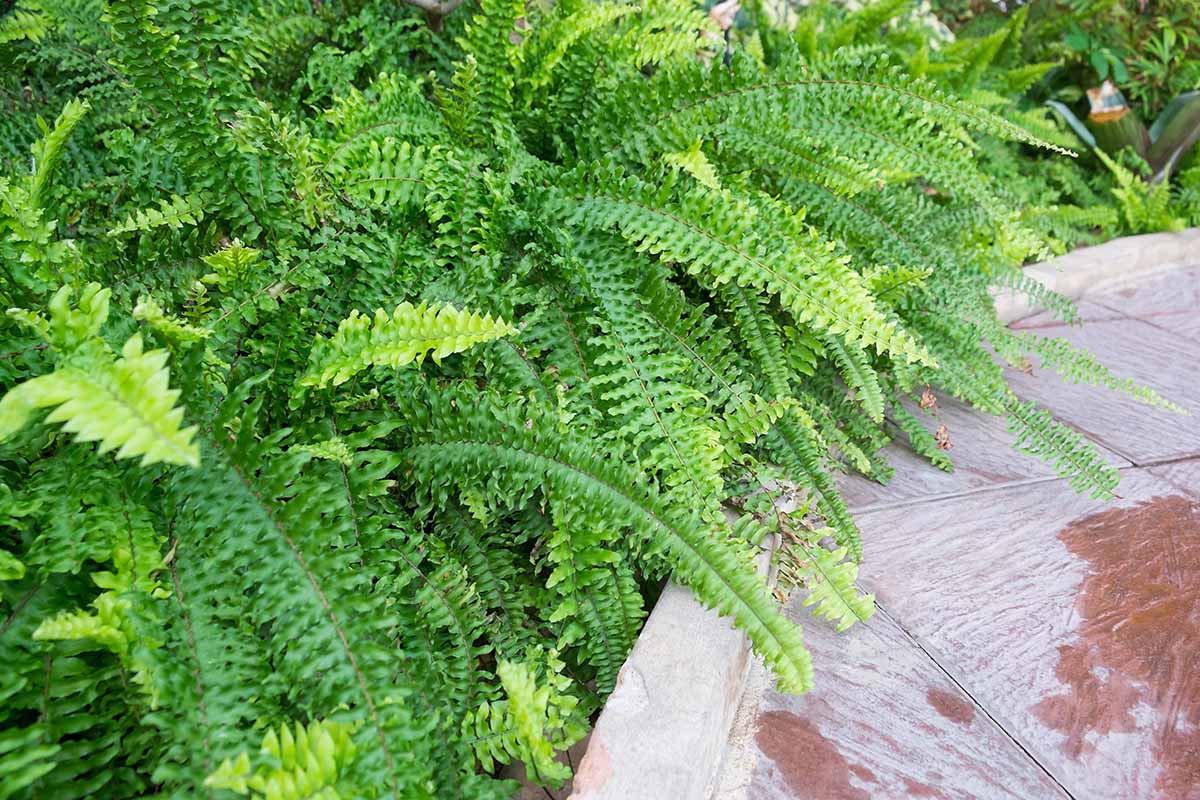

Garden Essentials
How Long Does It Take To Germinate Ferns
Modified: March 15, 2024
Learn how long it takes for ferns to germinate in the garden. Discover the optimal conditions for successful germination of fern seeds.
(Many of the links in this article redirect to a specific reviewed product. Your purchase of these products through affiliate links helps to generate commission for Storables.com, at no extra cost. Learn more)
Introduction
Ferns are fascinating and versatile plants that add beauty and greenery to any garden or indoor space. Whether you are a beginner gardener or an experienced plant enthusiast, understanding the germination process of ferns is essential for successfully growing them from seeds or spores. Germination refers to the process in which a seed or spore begins to sprout and develop into a new plant. In the case of ferns, which reproduce through spores rather than seeds, germination can be a bit more intricate.
In this article, we will explore the factors that influence fern germination, the time it takes for different fern species to germinate, optimal conditions for successful germination, techniques for speeding up the germination process, and common challenges that may arise during fern germination. By the end, you will have a comprehensive understanding of how long it takes ferns to germinate and how to maximize their growth potential.
Factors Affecting Fern Germination
The germination process of ferns is influenced by various factors, including:
- Species: Different fern species have varying germination requirements and timeframes. Some ferns may take longer to germinate than others.
- Temperature: Ferns generally prefer a moderate temperature range for germination. Most species thrive in temperatures ranging from 65°F to 75°F (18°C to 24°C).
- Moisture: Adequate moisture is crucial for the germination of fern spores. The spores need a moist environment to initiate growth and develop into a new plant.
- Light: While fern spores do not require direct sunlight for germination, they do require a certain level of ambient light. Low light conditions can help facilitate the germination process.
- Soil Quality: Ferns prefer well-draining soil that is rich in organic matter. The soil should be slightly acidic, with a pH range of 5.5 to 6.5.
Germination Time for Different Fern Species
The germination time for ferns can vary significantly depending on the species. Some ferns may germinate within a few weeks, while others may take several months.
Here are some examples of common fern species and their approximate germination times:
- Maidenhair Fern (Adiantum spp.): Maidenhair ferns typically take around 3 to 4 weeks to germinate.
- Brake Fern (Pteris spp.): Brake ferns generally germinate within 2 to 3 months.
- Staghorn Fern (Platycerium spp.): Staghorn ferns have a longer germination period and may take 6 to 12 months to germinate.
- Bird’s Nest Fern (Asplenium spp.): Bird’s nest ferns usually require 4 to 6 weeks for germination.
It is important to note that these timeframes are approximate and can vary based on specific growing conditions and the viability of the spores or seeds being used.
Key Takeaways:
- Patience is key when germinating ferns, as different species have varying germination times. Providing optimal conditions like temperature, moisture, and light can support successful growth.
- Techniques like temperature control and scarification can speed up fern germination. Overcoming challenges such as slow germination and fungal diseases ensures healthy fern growth.
Read more: How Long Does It Take Pumpkins To Germinate
Factors Affecting Fern Germination
The germination process of ferns is influenced by various factors that can determine the success and timing of their growth. Understanding these factors and providing the optimal conditions can greatly increase the chances of successful fern germination. Let’s explore some of the key factors that affect fern germination.
- Species: Different fern species have specific germination requirements and timeframes. Some species may have specific temperature or moisture needs, while others may prefer specific soil conditions. Researching the specific requirements of the fern species you are trying to germinate is essential for success.
- Temperature: Temperature plays a vital role in fern germination. Most fern species prefer moderate temperatures ranging from 65°F to 75°F (18°C to 24°C). These temperatures provide the optimal conditions for spore germination and subsequent growth. Extreme temperatures, whether too high or too low, can inhibit or delay germination.
- Moisture: Moisture is a critical factor in fern germination. Fern spores require a moist environment to initiate the germination process and begin to develop into new plants. Excessive dryness can prevent spore hydration and hinder germination. On the other hand, excessive moisture can lead to rot and fungal diseases. Striking the right balance of moisture is crucial for successful germination.
- Light: While fern spores do not require direct sunlight for germination, they do need a certain level of ambient light. Light triggers the germination process in fern spores by stimulating the production of certain growth hormones. However, prolonged exposure to direct sunlight can dry out the spores and inhibit germination. It’s best to provide indirect or filtered light for fern germination.
- Soil Quality: The quality of the soil plays a significant role in fern germination. Ferns prefer well-draining soil that retains moisture without becoming waterlogged. The soil should be rich in organic matter and slightly acidic, with a pH range of 5.5 to 6.5. Good soil structure allows for root development and nutrient absorption, both essential for early fern growth.
By considering these factors, you can create an environment that supports the germination of fern spores and promotes healthy growth.
It’s worth noting that different fern species may have specific requirements within these general factors. Some ferns prefer higher or lower temperatures, specific moisture levels, or unique light conditions. It’s important to research the specific needs of the fern species you are working with and adjust your growing conditions accordingly.
With the right balance of temperature, moisture, light, and soil quality, you can provide the optimal conditions for fern spores to germinate and thrive. Creating a favorable environment sets the stage for successful germination and healthy fern growth, bringing the beauty and charm of ferns to your garden or indoor space.
Germination Time for Different Fern Species
The germination time for ferns can vary significantly depending on the species. While some ferns may germinate relatively quickly, others require more patience. Understanding the approximate germination times for different fern species can help you plan and manage your gardening expectations.
Here are some examples of common fern species and their approximate germination times:
- Maidenhair Fern (Adiantum spp.): Maidenhair ferns typically take around 3 to 4 weeks to germinate. These delicate, lacy-leaved ferns are popular for their graceful appearance and can add elegance to any garden or indoor space.
- Brake Fern (Pteris spp.): Brake ferns generally germinate within 2 to 3 months. These ferns are known for their attractive fronds and are suitable for both indoor and outdoor settings. They thrive in moderate to high humidity environments.
- Staghorn Fern (Platycerium spp.): Staghorn ferns have a longer germination period and may take 6 to 12 months to germinate. These unique ferns have distinctive antler-shaped fronds and can be grown both as epiphytes and in pots. They require a well-draining growing medium and lots of indirect light.
- Bird’s Nest Fern (Asplenium spp.): Bird’s nest ferns usually require 4 to 6 weeks for germination. These ferns get their name from their rosette-shaped center, which resembles a bird’s nest. They are known for their resilience and adaptability, making them a popular choice among fern enthusiasts.
It is important to note that these timeframes are approximate and may vary depending on various factors such as growing conditions, seed or spore viability, and individual plant characteristics. Some fern species may have specific requirements for germination, such as a period of cold stratification or exposure to light. It is always recommended to research the specific germination needs of the fern species you are working with for more accurate timing.
Patience is key when germinating ferns, as some species may take longer than others to sprout. It is essential to provide the optimal growing conditions, including the right temperature, moisture levels, and light conditions, to support successful germination and early growth.
By understanding the germination times for different fern species, you can plan your gardening schedule accordingly and anticipate the excitement of seeing your ferns emerge from the soil or spore medium. Creating the ideal environment for germination and providing the necessary care and attention will ensure rewarding results and a thriving fern collection.
Optimal Conditions for Fern Germination
Creating the optimal conditions for fern germination is crucial for ensuring successful growth and development. By providing the right environment, you can give fern spores the best chance of sprouting and flourishing. Here are the key factors to consider when establishing the optimal conditions for fern germination:
- Temperature: Ferns generally prefer moderate temperatures for germination. Most species thrive within a temperature range of 65°F to 75°F (18°C to 24°C). This temperature range provides the ideal conditions for spores to activate and initiate growth. Avoid exposing fern spores to extreme temperatures, as this can delay or inhibit germination.
- Moisture: Adequate moisture is essential for fern germination. Maintain a consistently moist environment without waterlogging the growing medium. Fern spores require moisture to absorb nutrients and grow. Regularly misting the growing medium or using a humidity dome can help create the necessary humidity levels. Be careful not to let the growing medium dry out, as this can hinder the growth of spores.
- Light: While fern spores do not require direct sunlight for germination, they do need a certain level of ambient light. Low to moderate light levels provide the ideal conditions for fern germination. Avoid exposing spores to prolonged direct sunlight, as this can dry them out. Indirect or filtered light is beneficial for triggering germination and supporting early growth.
- Soil Quality: Ferns prefer well-draining soil that is rich in organic matter. Use a high-quality potting mix specifically formulated for ferns or create a suitable mix by combining peat moss, perlite, and compost. The soil pH should be slightly acidic, ideally between 5.5 and 6.5, to provide the optimal conditions for nutrient uptake. Proper soil quality promotes healthy root development and overall plant growth.
Creating a controlled and consistent environment for fern germination is essential. Consider using a seed tray or small pots to provide a confined space where you can regulate temperature, moisture, and light levels more effectively.
Here are a few additional tips to optimize the germination conditions for ferns:
- Use a clear plastic cover or humidity dome to maintain high humidity levels around the growing medium. This helps prevent moisture loss and encourages spore germination.
- Avoid overwatering, as it can lead to fungal diseases and root rot. Ensure that the growing medium is consistently moist but not saturated.
- Place the germination tray or pots in a warm location with indirect light. A bright spot near a window with filtered light is often suitable for fern germination.
- Monitor the temperature regularly and make adjustments as needed to maintain the optimal range. Using a small thermometer near the germination area is helpful.
- Patience is key. Ferns can have varying germination times, so avoid the temptation to disturb the growing medium or check for germination too frequently. Trust the magic happening beneath the surface and give the spores time to develop.
By paying attention to these optimal conditions and providing the necessary care, you can maximize the success rate of fern germination and set the stage for healthy growth. Remember to adjust the conditions as needed based on the specific requirements of the fern species you are working with.
Ferns can take anywhere from a few weeks to several months to germinate. To speed up the process, keep the soil consistently moist and provide indirect light. Be patient and continue to care for the seeds until they sprout.
Techniques for Speeding up Fern Germination
While fern germination can be a patient process, there are several techniques you can employ to help speed up the process and encourage faster growth. By implementing these techniques, you can reduce the waiting time for fern spores to sprout and enjoy the sight of your ferns flourishing sooner. Here are some effective techniques for speeding up fern germination:
- Temperature Control: Keeping the germination environment at the higher end of the optimal temperature range can help accelerate fern germination. Maintaining a temperature between 70°F to 75°F (21°C to 24°C) can provide the warmth needed to stimulate quicker spore growth and development.
- Soak the Spores: Pre-soaking fern spores before planting them can help soften their protective outer coating and speed up germination. Place the spores in water at room temperature for about 24 hours prior to planting. This soaking process can help break down any dormancy mechanisms and promote faster growth.
- Stratification: Some fern species require a period of cold stratification to break their dormancy and initiate germination. This process mimics the natural conditions ferns experience during winter. Place the spores or seeds in a sealed plastic bag with a moistened paper towel and refrigerate them for about 4-6 weeks. After stratification, transfer them to a warm germination environment to stimulate growth.
- Scarification: Scarifying the spores involves gently scratching or nicking their surface before planting. This technique helps break through the protective layer of the spores, allowing water to penetrate and initiate germination more quickly. Use a sterilized scalpel or sandpaper to lightly scratch the surface of the spores, being careful not to damage them excessively.
- Provide Bottom Heat: Applying gentle bottom heat to the germination container can help speed up fern germination. You can use a heat mat or place the tray or pots on top of a warm surface to create a slightly elevated temperature. Take care not to provide too much heat, as excessive temperatures can be detrimental to the spores.
- Use Hormone Supplements: Certain hormonal supplements, such as a diluted growth hormone solution or seaweed extract, can be applied to the growing medium to encourage quicker germination. These supplements provide essential nutrients and growth stimulants that can support faster spore growth and development.
While implementing these techniques can potentially speed up the germination process, it is important to note that some fern species naturally have longer germination periods, regardless of the methods used. It is essential to research the specific requirements of the fern species you are working with and adjust your techniques accordingly.
Regularly monitor the germination trays or pots and adjust the growing conditions as needed. Maintain consistent moisture levels, provide appropriate light as discussed earlier, and ensure proper ventilation to prevent the growth of mold or fungal diseases.
By employing these techniques and carefully tending to your ferns, you can significantly reduce the germination time and enjoy the beauty of ferns in your garden or indoor space much sooner.
Read more: How Long Does It Take Roses To Germinate
Common Challenges and Solutions in Fern Germination
While ferns are hardy and adaptable plants, there are a few common challenges that gardeners may encounter during the germination process. Understanding these challenges and their potential solutions can help you navigate through any hurdles and ensure successful fern germination. Here are some of the common challenges you may face when germinating ferns:
- Slow or Lack of Germination: Ferns can have varying germination times, and some species may be naturally slow to sprout. However, if you notice a significant delay or lack of germination, it may be due to improper growing conditions or poor seed/spore quality. Review the growing conditions and adjust temperature, moisture, light, and soil quality as necessary. Additionally, ensure that you are using fresh and viable spores or seeds from reputable sources.
- Fungal Diseases: Excessive moisture or poor air circulation can create a favorable environment for fungal diseases, such as damping-off, which can affect fern germination. To prevent fungal diseases, ensure proper drainage and ventilation. Avoid overwatering and provide adequate spacing between plants to promote air circulation. Additionally, you can treat the growing medium with a fungicide before planting to minimize the risk of fungal infections.
- Insect Pests: While less common in fern germination, certain insect pests, such as fungus gnats and mites, may infest the growing medium and damage young fern seedlings. To prevent insect infestations, inspect the growing medium before planting for any signs of pests. If necessary, treat the plants with organic insecticides or introduce predatory insects, such as beneficial nematodes, to control pest populations.
- Damping-Off: Damping-off is a common problem in humid and overly moist conditions. It is the result of fungal pathogens attacking and rotting the stems and roots of young seedlings. To prevent damping-off, ensure proper drainage, avoid overwatering, and maintain good air circulation. Using sterilized soil or a sterile germination medium can also help prevent fungal infections.
- Seed/Spore Viability: The viability of the spores or seeds you are using can also affect germination success. Check the expiration date on packaged spores and ensure they are still viable. If you collected spores yourself, make sure they are mature and in good condition. Conduct a viability test before planting by placing a small sample of spores in a moist environment and observing if they germinate. If the viability is low, consider obtaining fresh spores or seeds.
To overcome these challenges, it is important to maintain proper growing conditions, provide good air circulation, practice proper hygiene, and carefully monitor the germination process. Regularly inspect the germination trays or pots for any signs of pests, disease, or poor growth. Taking prompt action at the first sign of trouble can help prevent further issues and salvage the germination process.
Remember, germinating ferns requires patience and attention to detail. With proper care, adjustments to growing conditions, and timely intervention, you can overcome these common challenges and increase the chances of successful fern germination.
By being proactive and implementing solutions, you can ensure a healthy start for your ferns and set them on the path to thriving growth and development.
Conclusion
Fern germination is a fascinating process that allows us to witness the birth and growth of these beautiful and resilient plants. By understanding the factors that influence fern germination, the germination times for different species, and the optimal conditions for success, you can embark on a rewarding journey of growing ferns from spores or seeds.
Factors such as temperature, moisture, light, and soil quality play crucial roles in fern germination. By providing the right environment and care, you can create the optimal conditions for spores to sprout and develop into healthy fern plants.
While patience is often required when germinating ferns, there are techniques that can help speed up the process. From controlling temperature to scarifying spores and providing bottom heat, these techniques can help reduce waiting time and promote faster growth.
Challenges such as slow germination, fungal diseases, insect pests, and seed/spore viability can arise during the germination process. However, with proper care, hygiene, and timely interventions, these challenges can be overcome, ensuring successful fern germination.
As you embark on growing ferns, remember to research the specific requirements of the fern species you are working with, as each species may have unique germination needs. Stay vigilant, monitor the growing conditions, and adjust as needed to ensure the best chances of success.
By creating the optimal conditions, providing the necessary care, and embracing the beauty and resilience of ferns, you can enjoy the rewarding experience of watching these ancient plants come to life right in your own garden or indoor space.
Frequently Asked Questions about How Long Does It Take To Germinate Ferns
Was this page helpful?
At Storables.com, we guarantee accurate and reliable information. Our content, validated by Expert Board Contributors, is crafted following stringent Editorial Policies. We're committed to providing you with well-researched, expert-backed insights for all your informational needs.
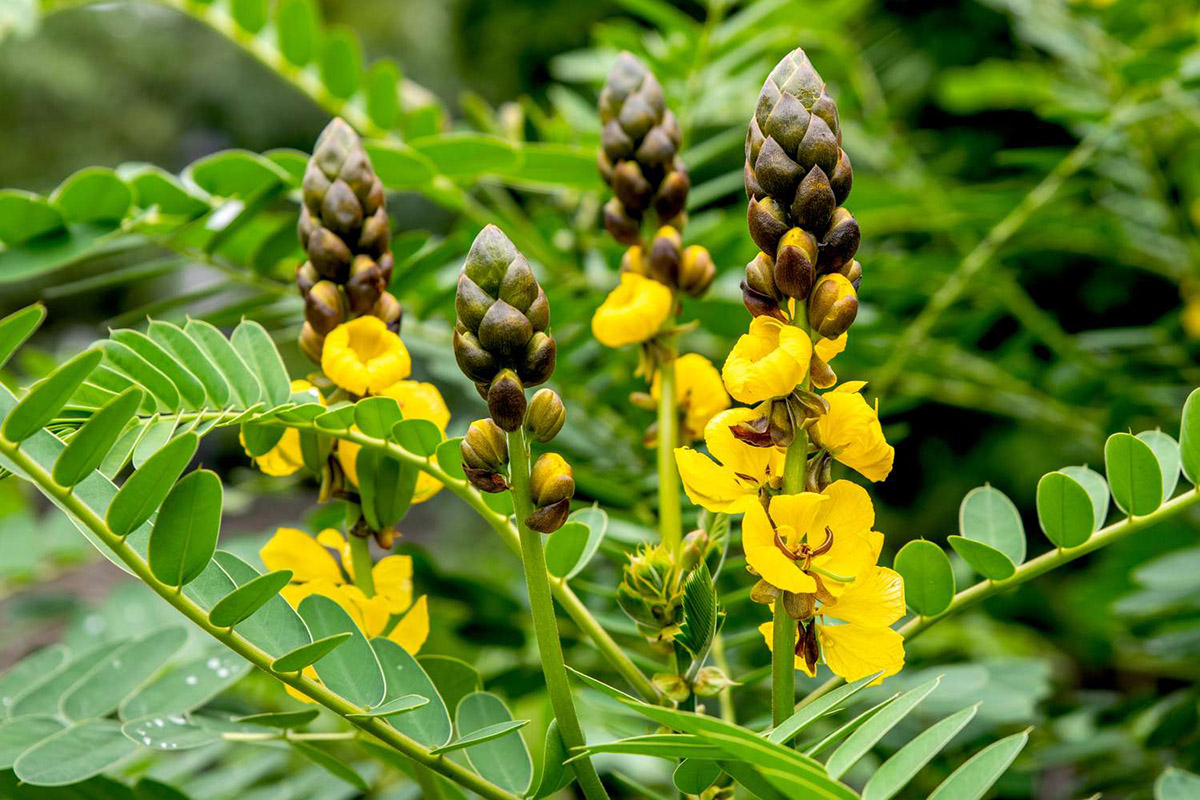
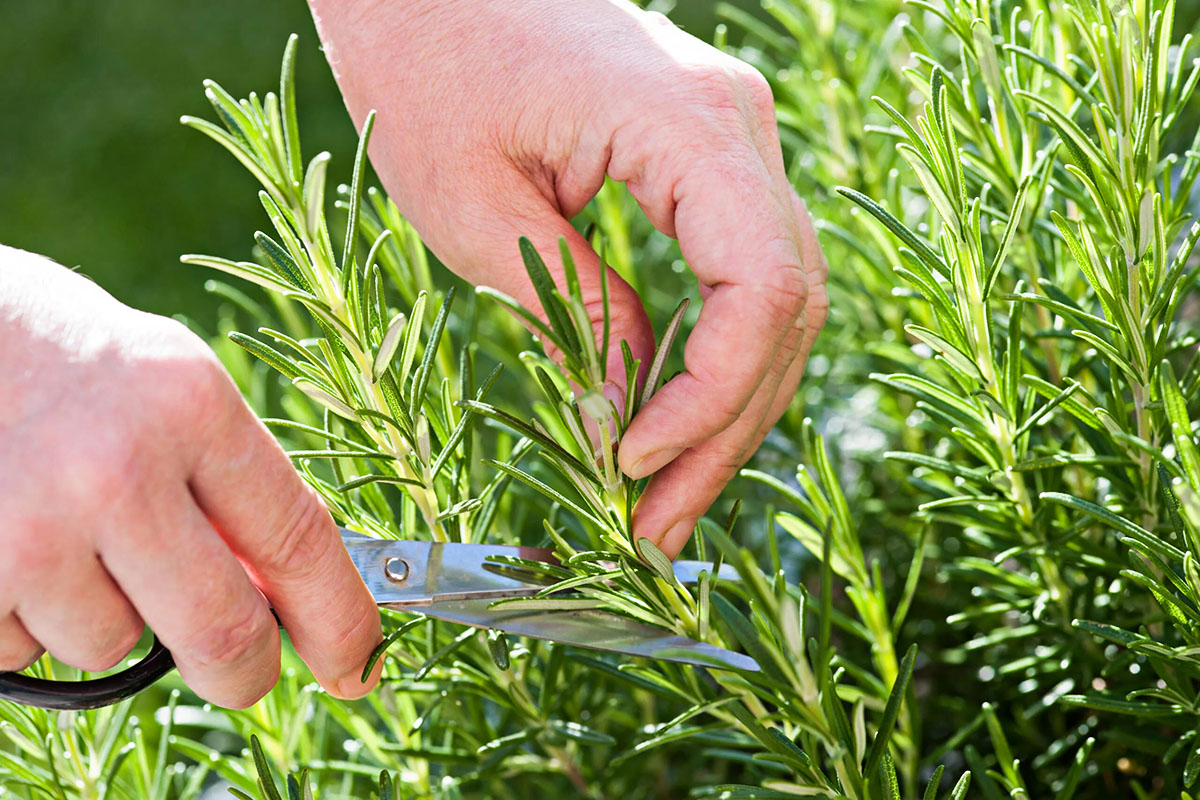
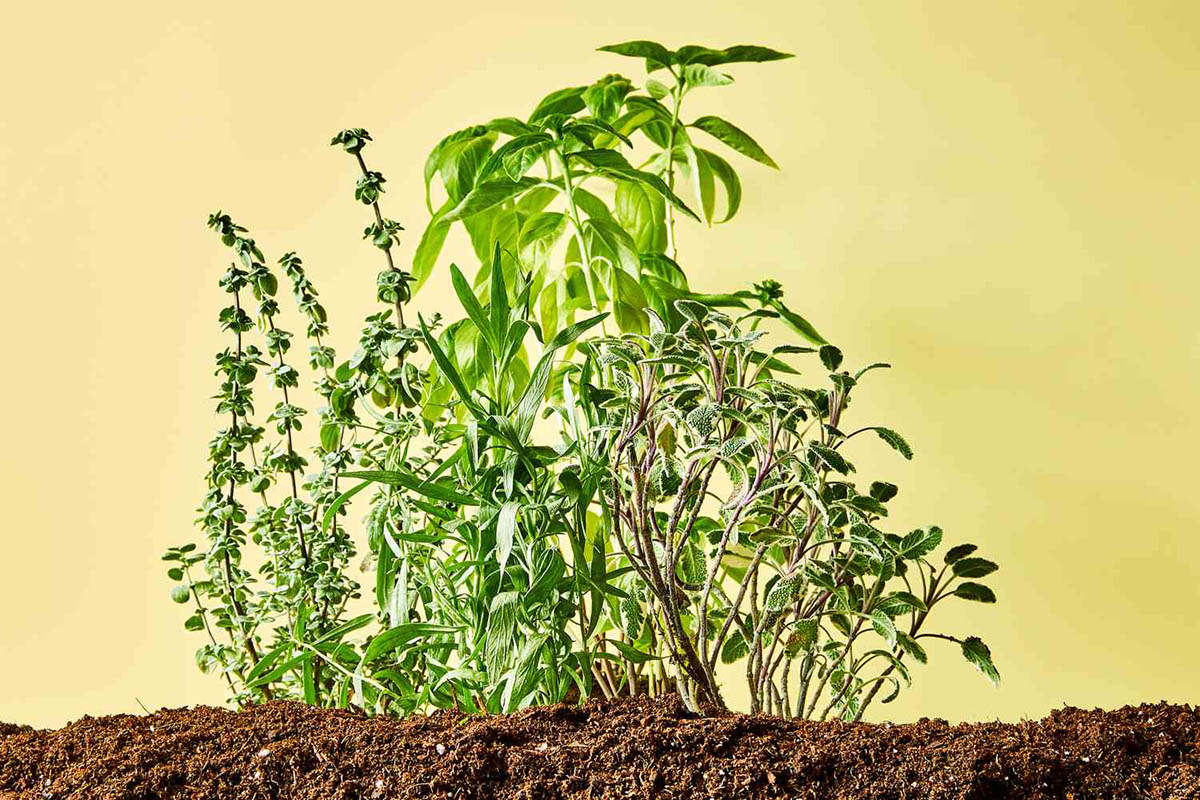
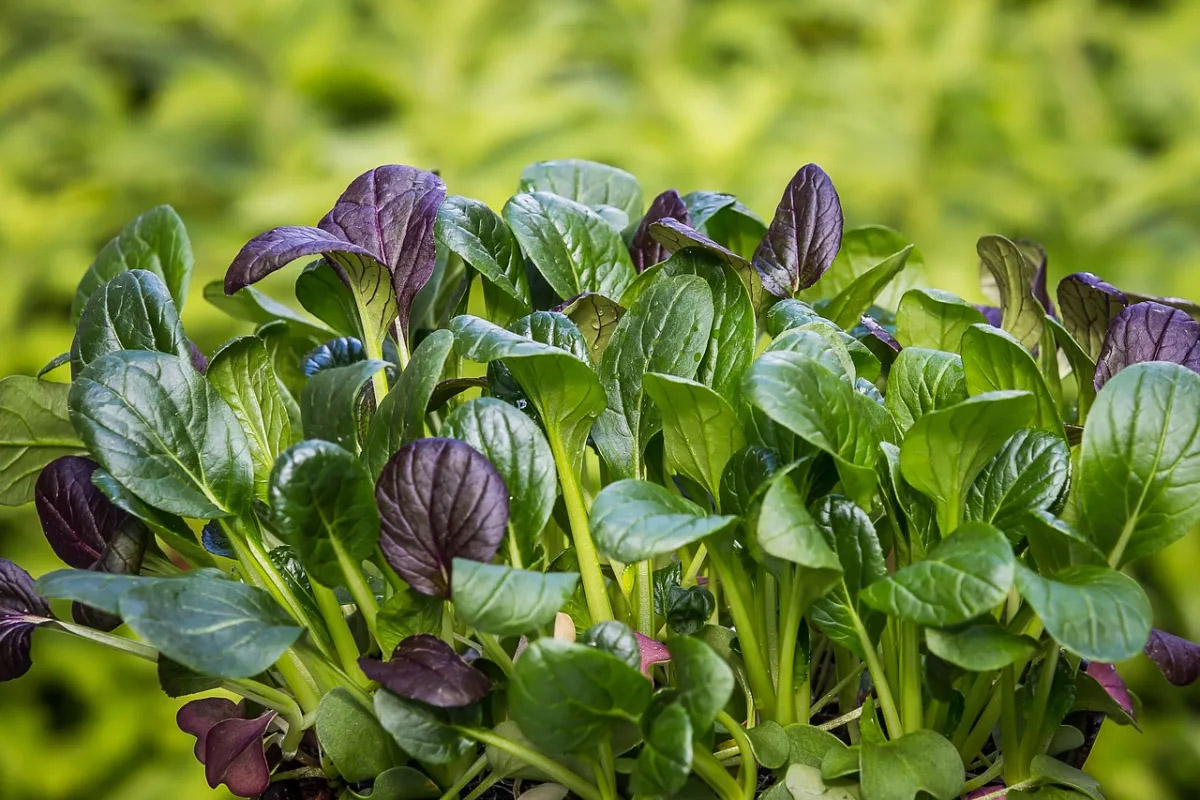
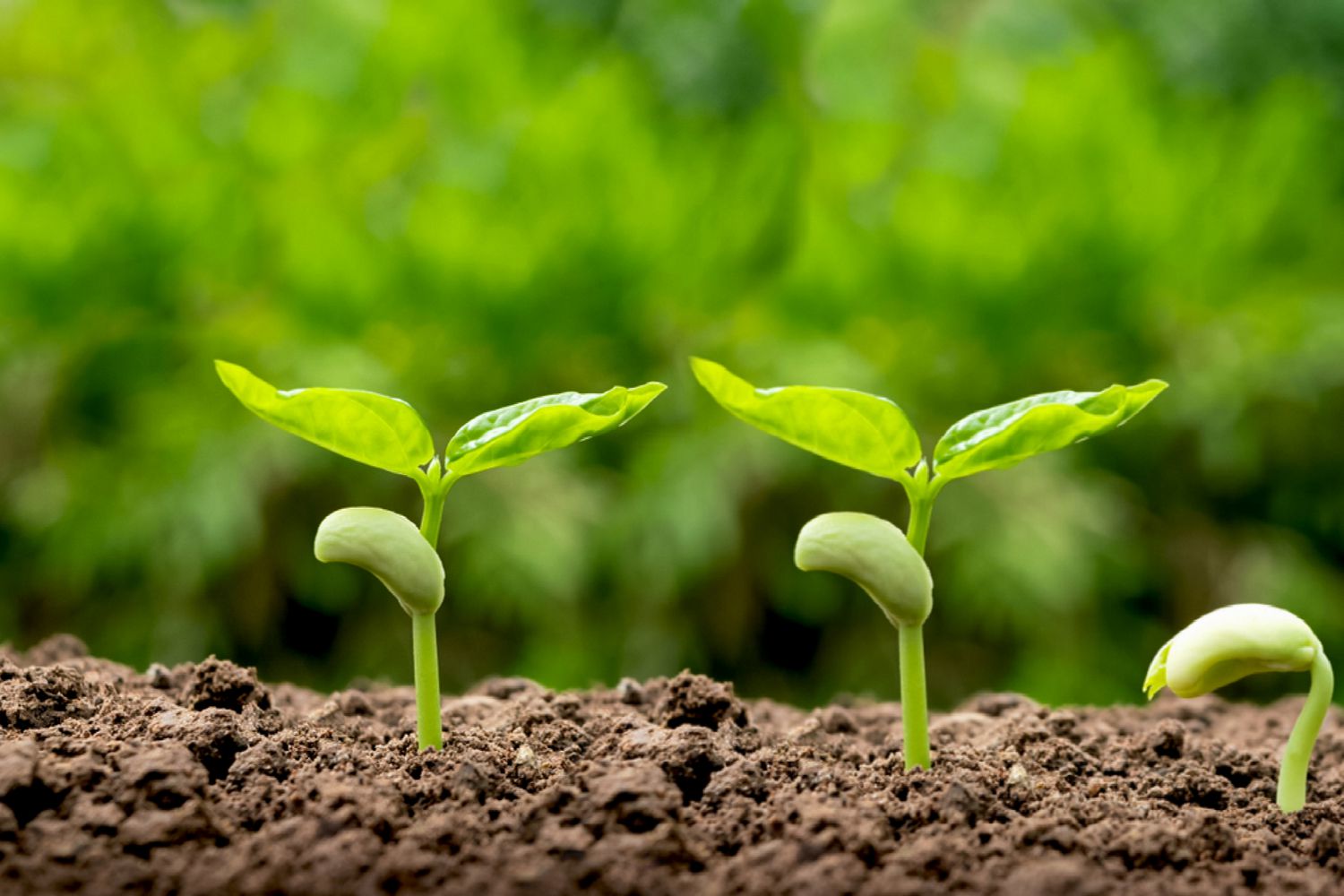
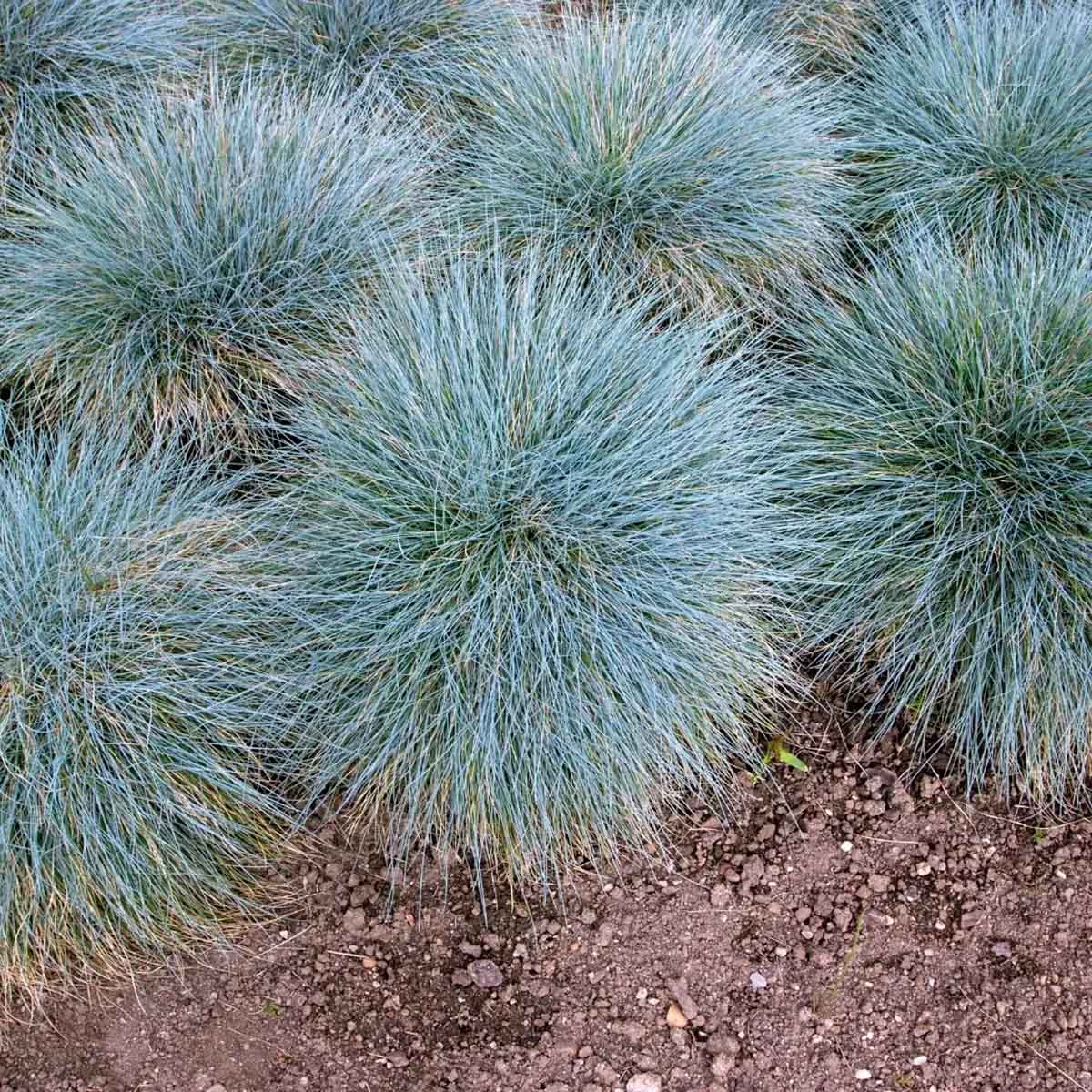
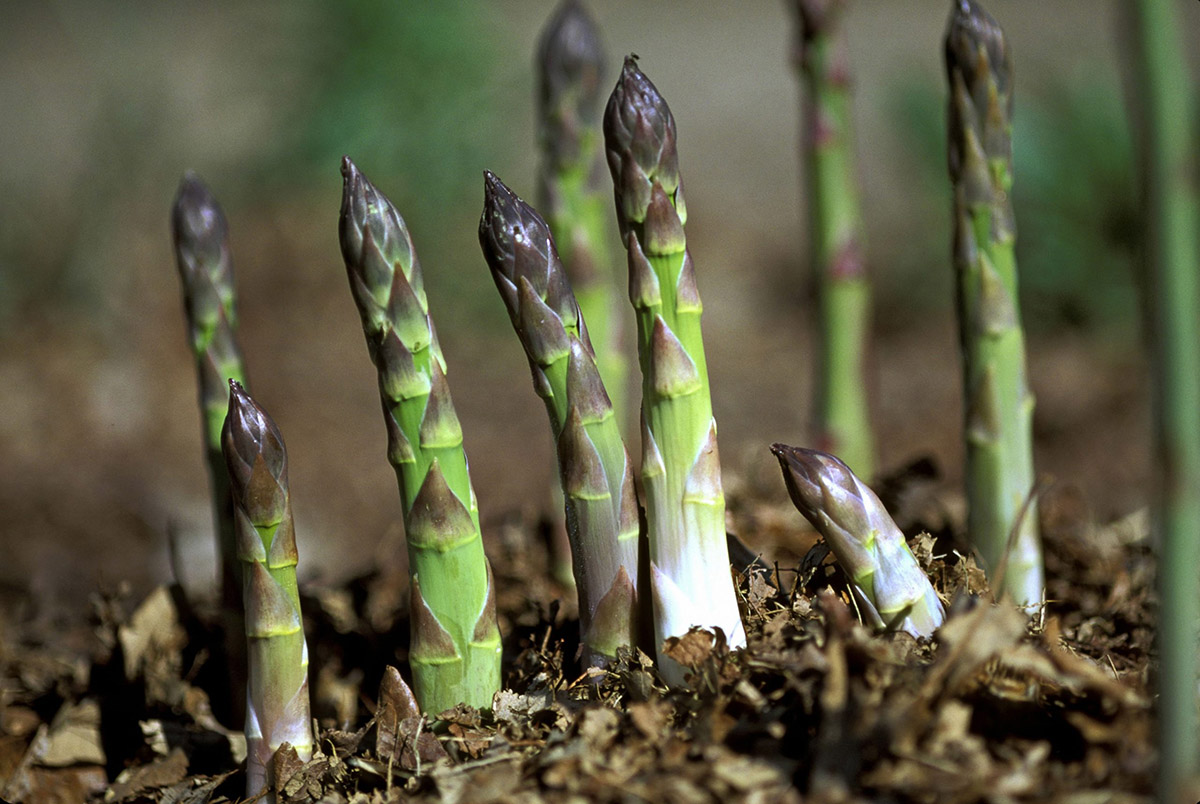
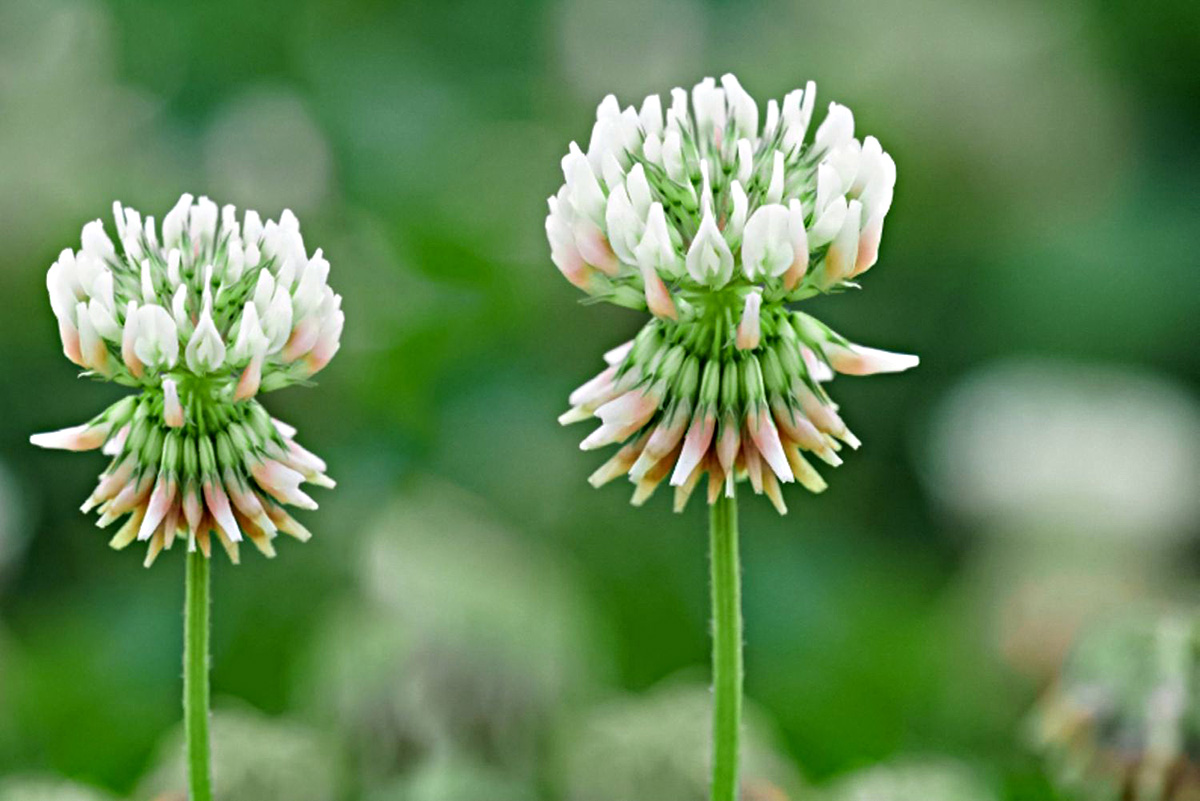
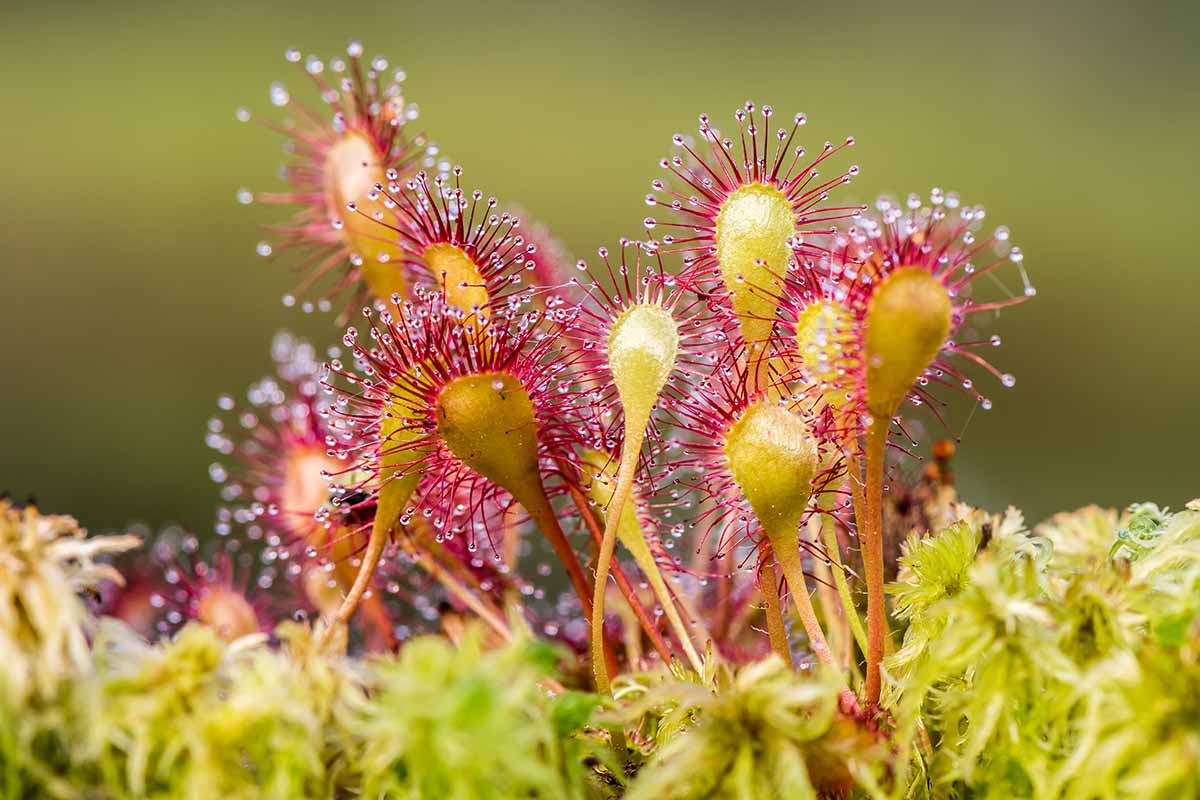
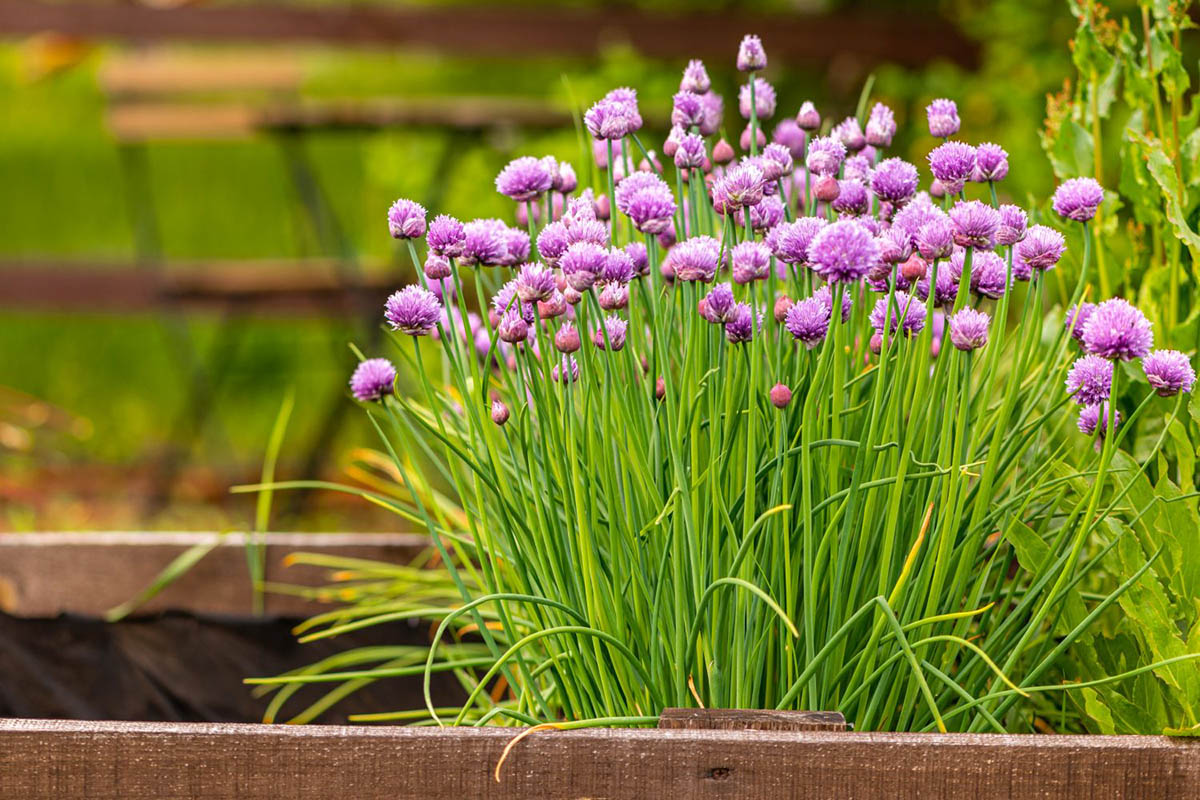
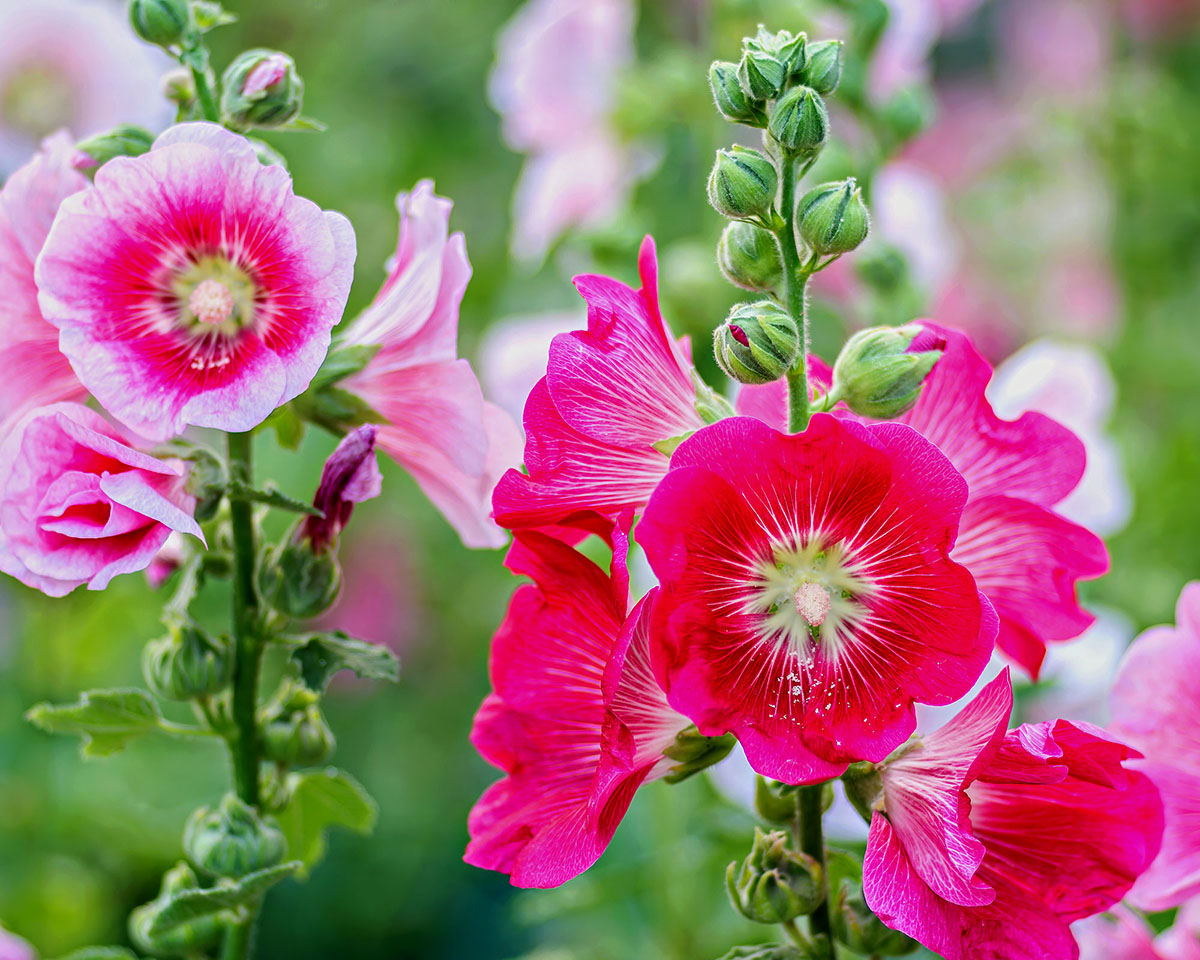
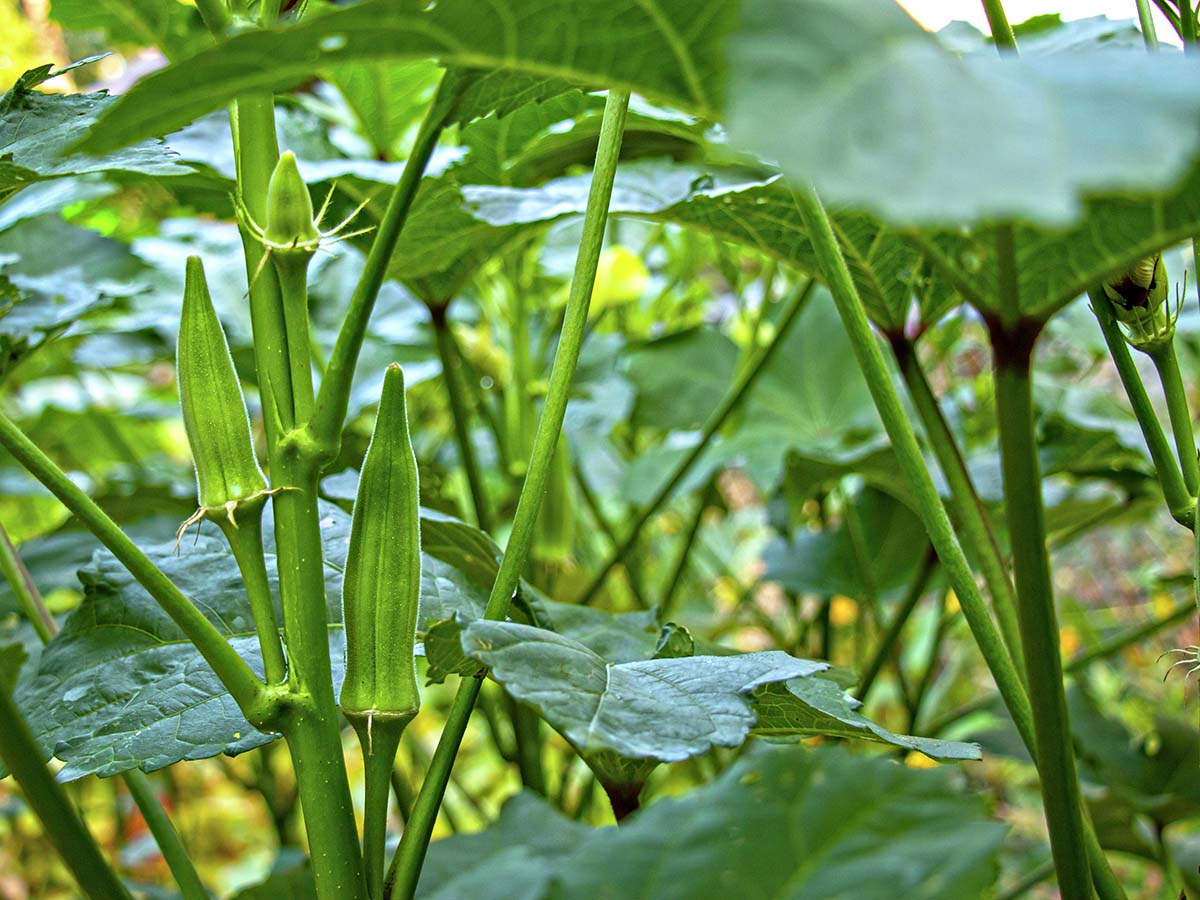
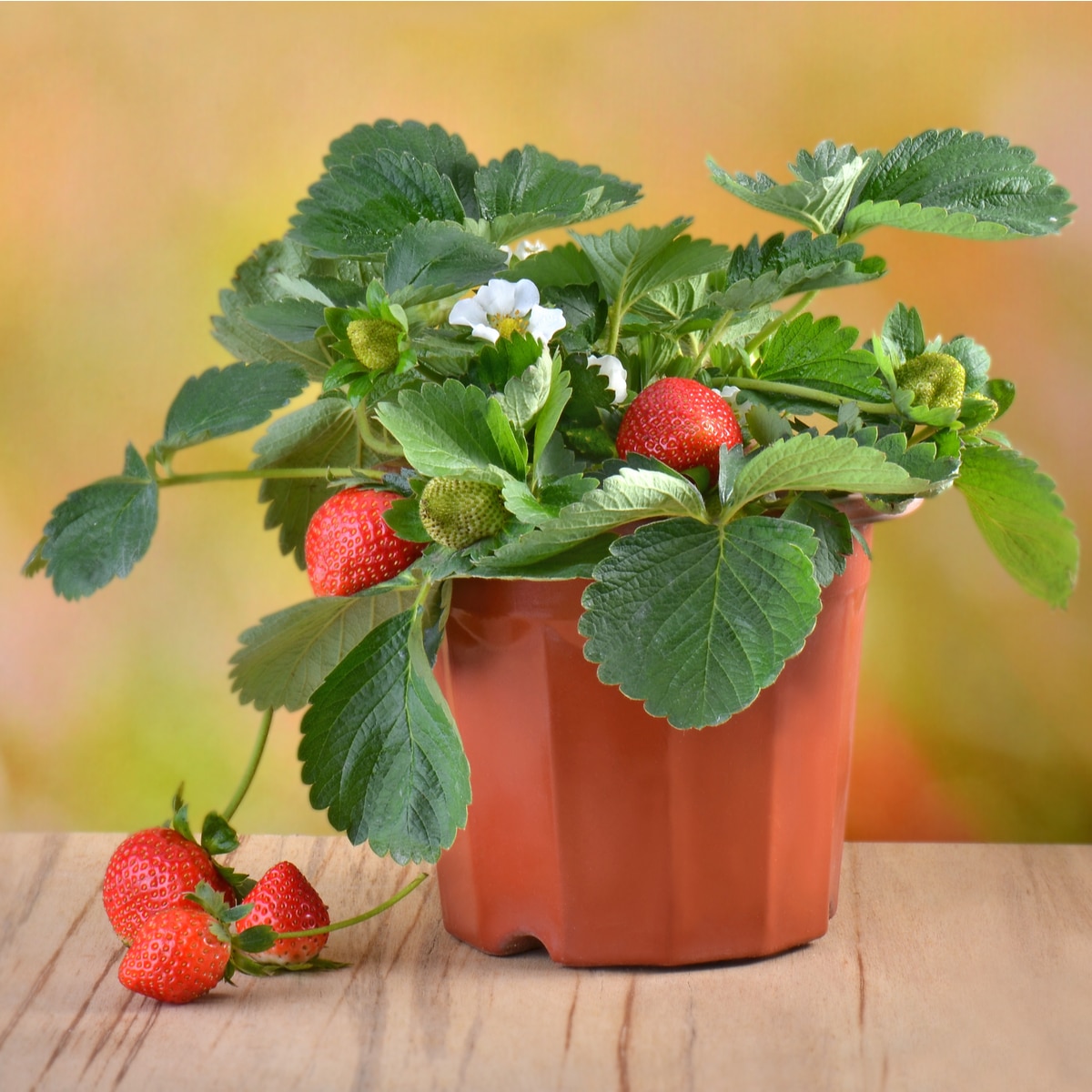
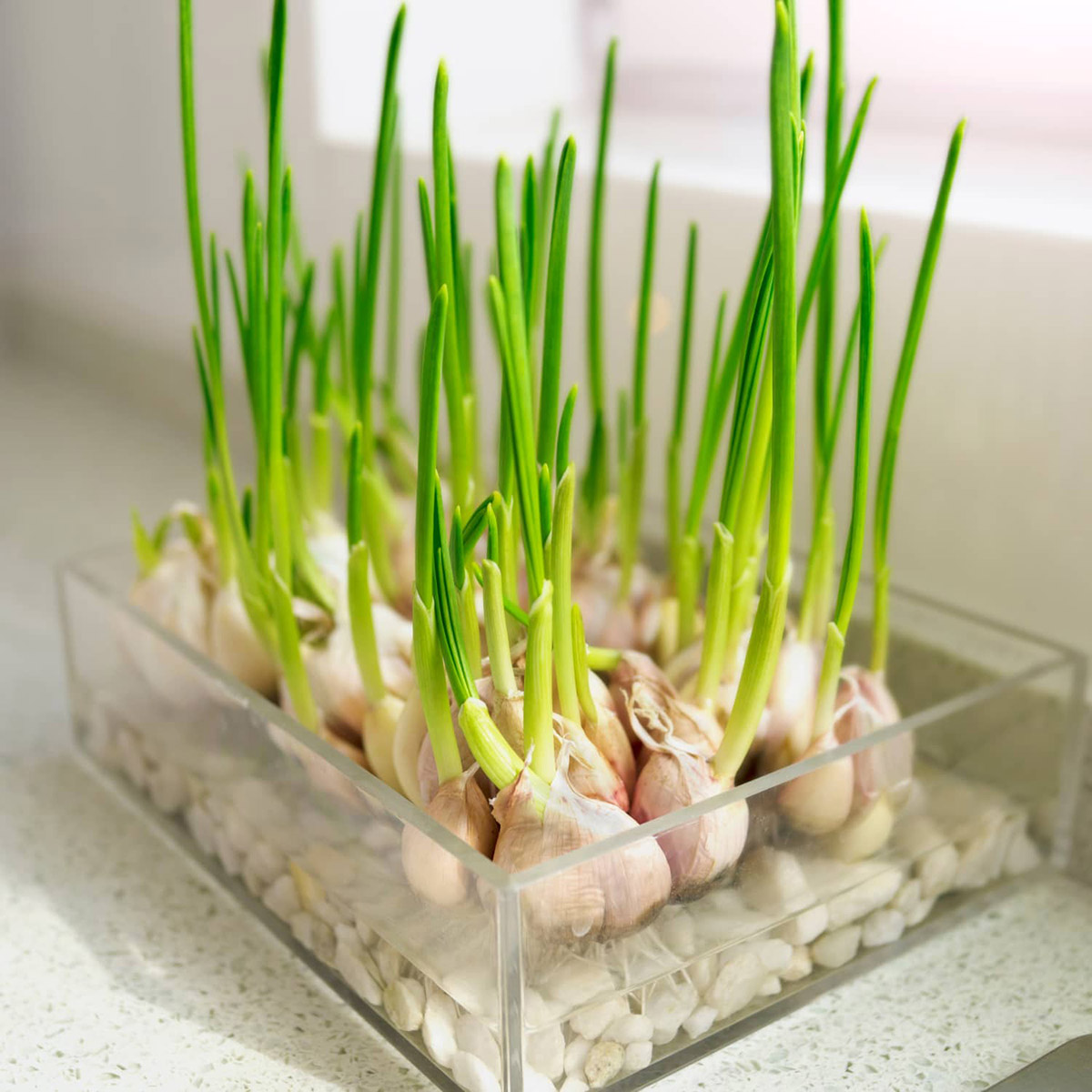

0 thoughts on “How Long Does It Take To Germinate Ferns”